Praise for The Wakeful Body
The Wakeful Body is a gift to the world and cements Willa Blythe Baker as one of our strongest and most convincing voices of a deeply somatic approach to Buddhist practice. Baker persuasively theorizes that meditation is misconceived as something we do with our mind. Far more profitable is an exploration of bodily experience, and this shift in focus from mind to body changes everything for the aspiring meditator. Filled with anecdotes from her life, we follow her journey of awakening as she enters as a young novitiate on the path and emerges as one of the most important teachers of our time.
Will Johnson, author of The Posture of Meditation and Breathing through the Whole Body
The human body is a sacred form full of potential. This book lays out rich and practical guidance to utilize it as a doorway to healing and spiritual awakening.
Anam Thubten, author of Choosing Compassion
A beautifully written expression of devotion to the body as teacherwherein one can clearly feel the depth and authenticity of the authors exploration and practice.
Elizabeth Mattis Namgyel, author of The Logic of Faith
Shambhala Publications, Inc.
2129 13th Street
Boulder, Colorado 80302
www.shambhala.com
2021 by Willa Blythe Baker
Poem on from Kabir: Ecstatic Poems by Robert Bly. Copyright 2004 by Robert Bly. Reprinted by permission of Beacon Press, Boston.
Poem on from Tao Te Ching: A New English Version translated by Stephen Mitchell. Copyright 2009 by Stephen Mitchell. Reprinted by permission of HarperCollins Publishers.
Poem on from Women in Praise of the Sacred: 43 Centuries of Spiritual Poetry by Women by Jane Hirshfield (NY: HarperCollins, 1994). Translation Jane Hirshfield. Used by permission of Jane Hirshfield. All rights reserved.
Cover art and design: Kimberly Glyder
Interior design: Greta D. Sibley
All rights reserved. No part of this book may be reproduced in any form or by any means, electronic or mechanical, including photocopying, recording, or by any information storage and retrieval system, without permission in writing from the publisher.
 This edition is printed on acid-free paper that meets the American National Standards Institute Z39.48 Standard.
This edition is printed on acid-free paper that meets the American National Standards Institute Z39.48 Standard.
 Shambhala Publications makes every effort to print on postconsumer recycled paper. For more information please visit www.shambhala.com.
Shambhala Publications makes every effort to print on postconsumer recycled paper. For more information please visit www.shambhala.com.
Shambhala Publications is distributed worldwide by Penguin Random House, Inc., and its subsidiaries.
Library of Congress Cataloging-in-Publication Data
Names: Baker, Willa Blythe, author.
Title: The wakeful body: somatic mindfulness as a path to freedom / Willa Blythe Baker.
Description: First edition. | Boulder, Colorado: Shambhala, 2021. | Includes bibliographical references and index.
Identifiers: LCCN 2021011364 | ISBN 9781611808742 (trade paperback)
eISBN9780834844087
Subjects: LCSH: Meditation. | Mind and body. | Mindfulness (Psychology) | Awareness. | Human bodyReligious aspects.
Classification: LCC BL627.B3425 2021 | DDC 294.3/4435dc23
LC record available at https://lccn.loc.gov/2021011364
a_prh_5.8.0_c0_r0
Holy places, shrines and alters;
Ive been all over in my travels.
But never have I seen a place of pilgrimage
more blissful than the body
Saraha, Dohakoa
Contents
Foreword
AROUND 2009, AFTER having taught Dzogchen in the West for over eighteen years, I noticed that students who came to retreats were very bright and attentive, but something important seemed to be missing. That was a felt sense of being in the bodya groundedness essential for transformation and a foundation for more advanced dharma practices. Our cultures speediness, stress, and cognitive demands often move in the opposite direction of deep relaxation, calmness, and just merely being.
When my friend and student for many years, Lama Willa, asked if I would write a foreword to The Wakeful Body, I immediately said yes. Then I reflected on why I said yes so quickly. I became aware over the years that she had an exceptionally well-trained mind with extensive study in Buddhism, that she had completed two three-year retreats, was proficient in both oral and written Tibetan, had founded a dharma center in New Hampshire, and was ordained as a Buddhist nun for twelve years.
But my yes was perhaps more related to the teachers we share, Dilgo Khyentse Rinpoche and my father, Tulku Orgyen, among others. She describes how it felt to meet her teachers so beautifully: They dont just aspire to kindness. They radiate it. They have dissolved some of the barriers between head and heart, between the wish for goodness and goodness itself. Maybe my yes was because we share the experience and good fortune of meeting masters with this type of rare kindness that is so precious and important for our world.
While in her second three-year retreat, through her suffering and searching, she rediscovered the truth of her body like an old friend, a fertile and alive landscape of feeling. She began to cut through the culturally conditioned concepts she had of her body, allowing more direct, vital, and unfiltered experiences. She had moved from a more transcendent up to waking down.
This book has a natural, almost familiar feel because it comes out of her lived experience and her ability to weave stories, poetry, striking images, and helpful insights into a lovely mandala for us to enter. At the same time, Lama Willa provides a clear path, a rich practice that dharma students at all levels can use on a daily basis or retreat. In a very practical way, she leads us through what she calls layers of embodiment, the seamless interdependence of our bodies, energy body, and minds so we can open to the mystery of our own lives.
Tsoknyi Rinpoche, author of
How Mindfulness Works and Open Heart, Open Mind
Acknowledgments
MY HEART IS full of gratitude to my Buddhist teachers past and present, without whom this book could not have been written. I would like to extend special thanks to my readers Jane Burdick, Elizabeth Monson, Wendy Hasencamp, and Bryn Dawson for their helpful comments and suggestions. I also would like to thank Liz Shaw, my editor at Shambhala, for her support and encouragement.
Prologue
MY MOTHER USED to tell a story of a time when I was three years old. We were walking across the campus of UC Berkeley, where my mother worked. At Sather Gate, we encountered a group of Hare Krishnaswith their long peach robes and shaved headsdancing and singing. A mridanga drum and small cymbals kept time.
As my mother told it, I broke away, and before she knew what was happening, her baby was in the middle of a throng of whirling dancers, hips swaying, hands waving, laughing. My mother was anxious but amused. The devotees handed me a couple of tiny cymbals. This moment captures how I often felt in my body as a young child: joyful, unselfconscious, spontaneous, and safe.

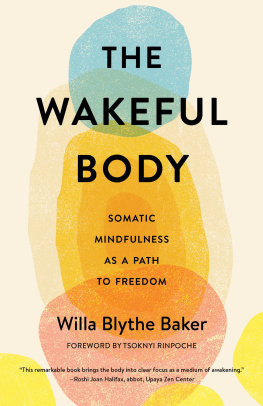

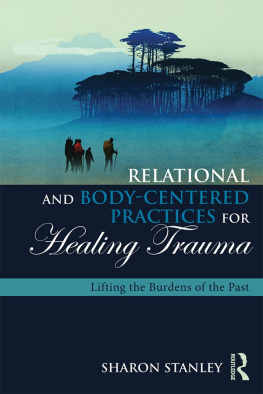

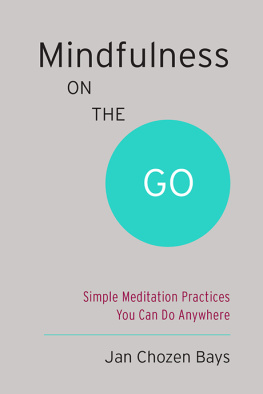
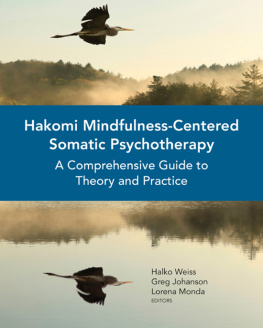
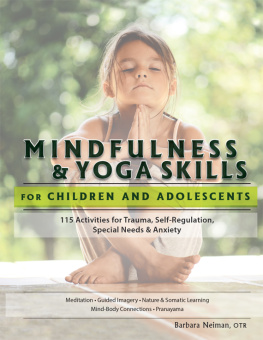
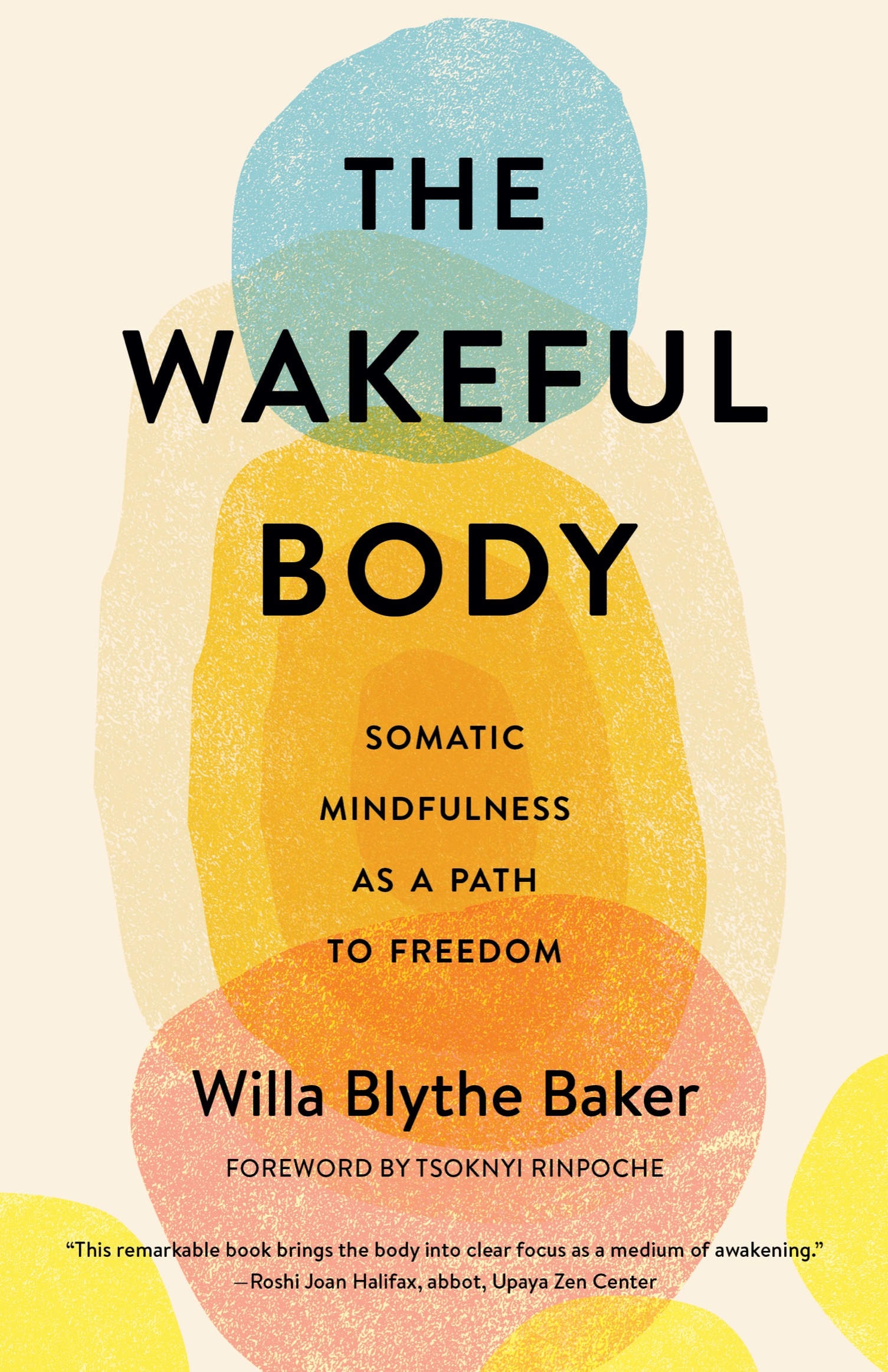
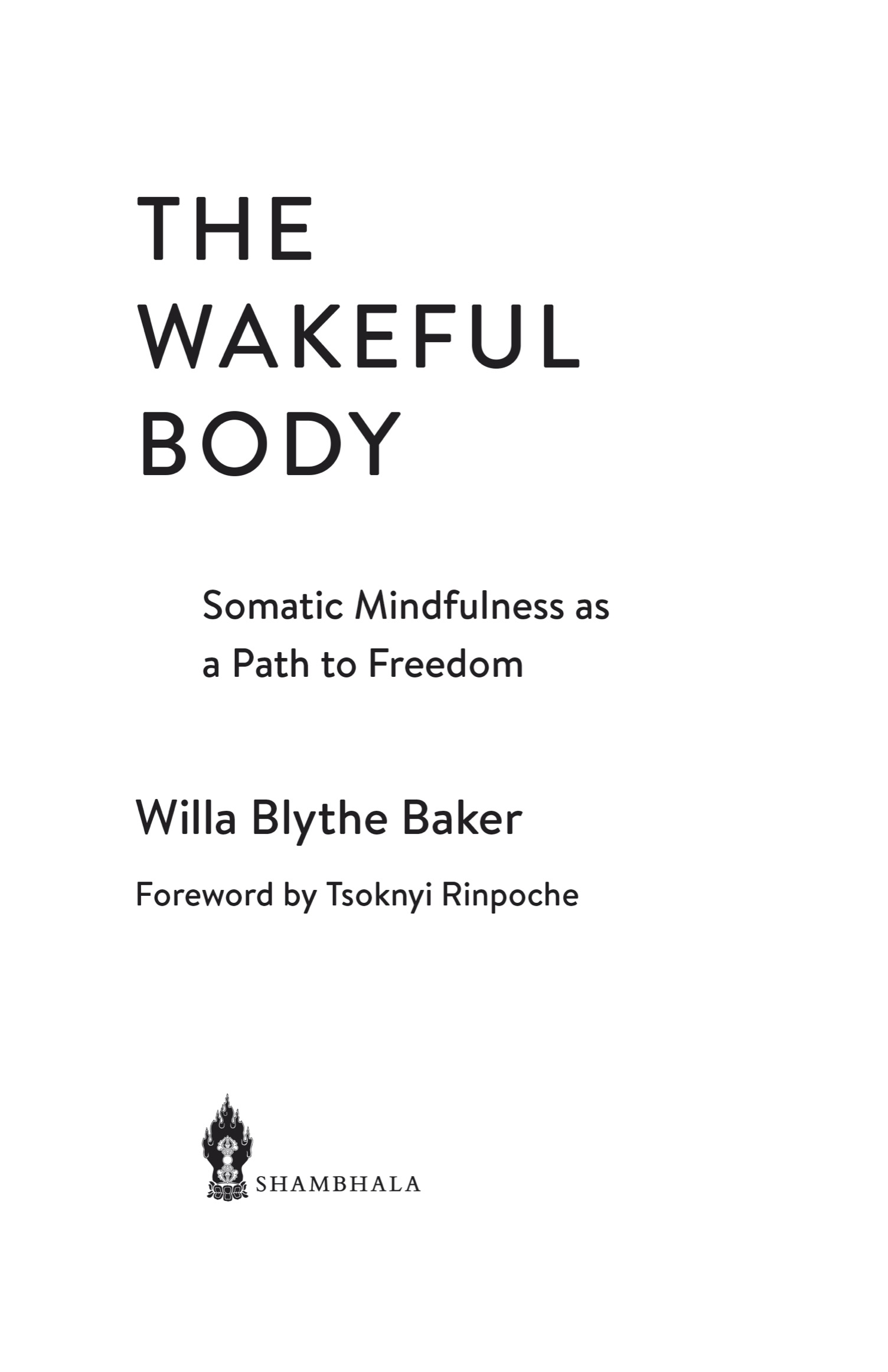
 This edition is printed on acid-free paper that meets the American National Standards Institute Z39.48 Standard.
This edition is printed on acid-free paper that meets the American National Standards Institute Z39.48 Standard. Shambhala Publications makes every effort to print on postconsumer recycled paper. For more information please visit www.shambhala.com.
Shambhala Publications makes every effort to print on postconsumer recycled paper. For more information please visit www.shambhala.com.